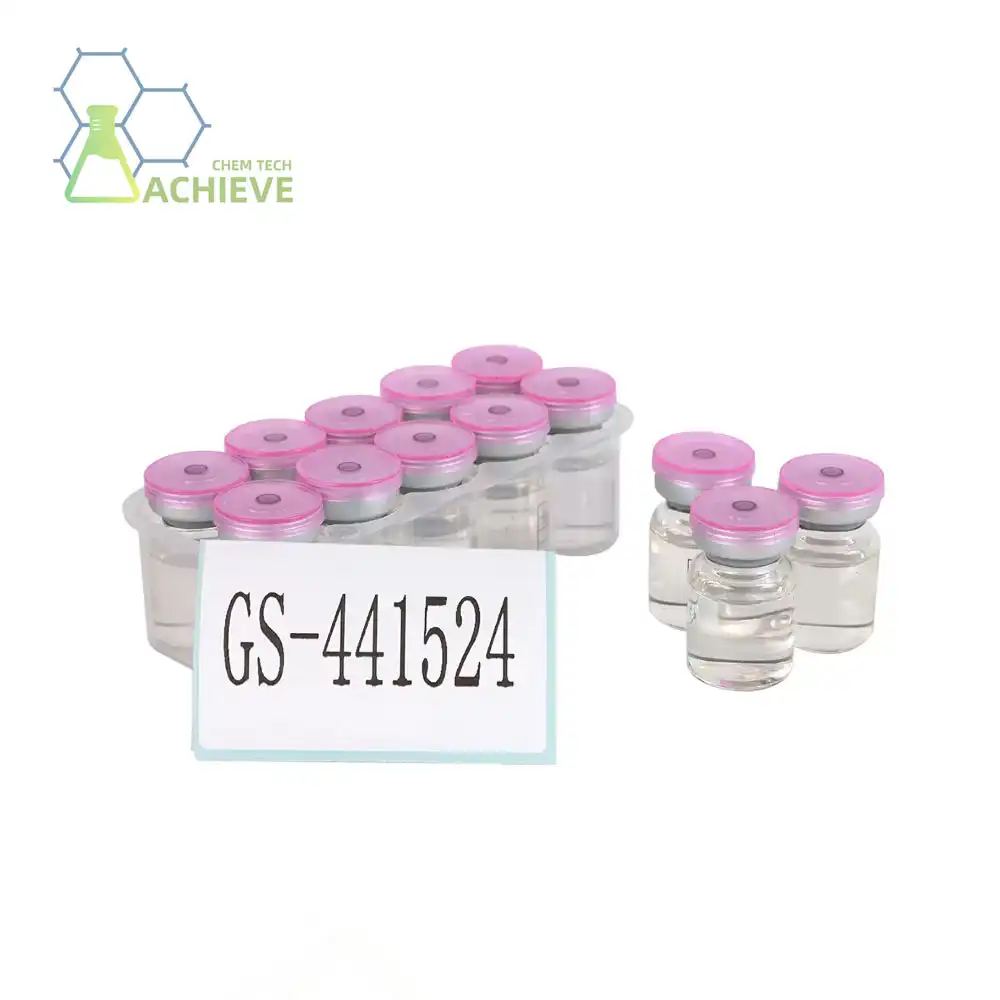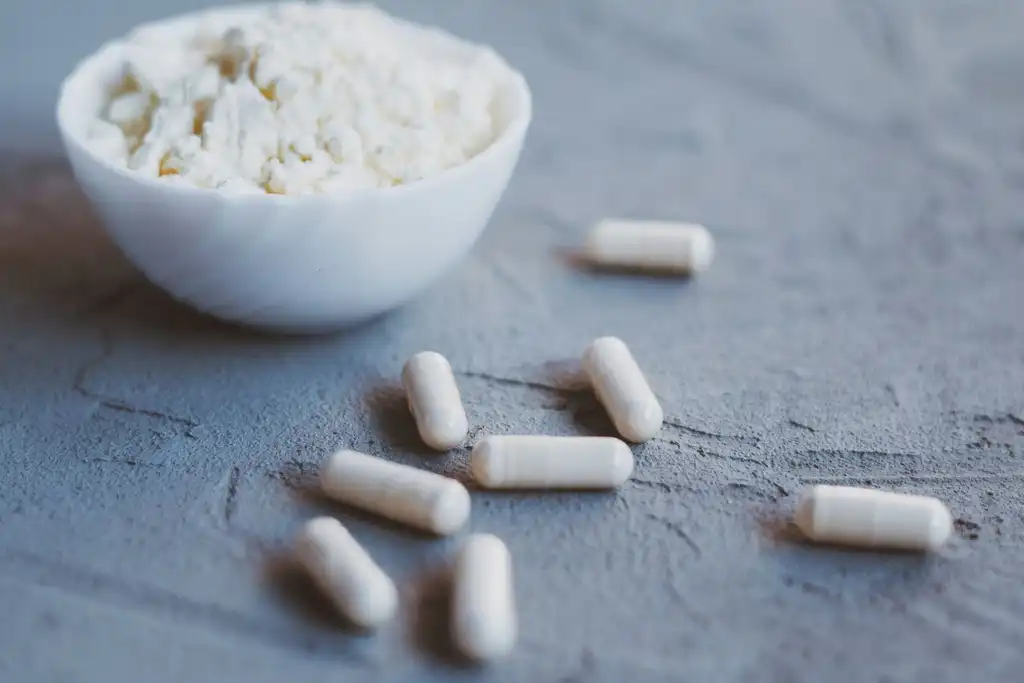How does spermidine work in the body?
Spermidine, a naturally occurring polyamine, has garnered significant attention in recent years due to its potential role in promoting longevity and overall health. This fascinating compound is found in various foods and is also produced by our bodies. But how exactly does spermidine work its magic within our cells? Let's delve into the intricate mechanisms that make this molecule so important for our well-being.
Product: https://www.bloomtechz.com/oem-odm/tablet/spermidine-tablets.html
|
|
|
|
Polyamine synthesis pathway
To understand how spermidine functions in the body, we first need to explore its synthesis. The polyamine synthesis pathway is a complex series of biochemical reactions that lead to the production of product and other polyamines.
The process begins with the amino acid ornithine, which is converted to putrescine by the enzyme ornithine decarboxylase. Putrescine then serves as a precursor for spermidine synthesis. The enzyme product synthase catalyzes the addition of an aminopropyl group to putrescine, resulting in the formation of spermidine.
Interestingly, this pathway is tightly regulated, as polyamines play crucial roles in various cellular processes. The synthesis of product is controlled by feedback mechanisms and the availability of precursor molecules. This intricate regulation ensures that the body maintains optimal levels of spermidine for proper cellular function.
Once synthesized, product participates in numerous physiological processes. It interacts with nucleic acids, proteins, and lipids, influencing their structure and function. This versatility allows product to impact various aspects of cellular health, from DNA stability to membrane integrity. The spermidine effect on these cellular components is significant, contributing to its role in promoting overall cell health and longevity.
Autophagy induction steps
One of the most remarkable effects of product is its ability to induce autophagy, a cellular "housekeeping" process that removes damaged or dysfunctional components. This process is crucial for maintaining cellular health and has been linked to increased lifespan in various organisms.
|
|
|
The autophagy induction by spermidine involves several steps:
- Activation of AMPK: Spermidine activates AMP-activated protein kinase (AMPK), a key regulator of cellular energy homeostasis. This activation sets the stage for the initiation of autophagy.
- Inhibition of acetyltransferases: Spermidine inhibits certain acetyltransferases, leading to the deacetylation of proteins involved in the autophagy process. This deacetylation is crucial for the activation of autophagy-related genes.
- Upregulation of autophagy-related genes: The deacetylation triggered by product results in the increased expression of genes involved in autophagy, such as ATG5 and LC3.
- Formation of autophagosomes: With the increased expression of autophagy-related proteins, cells begin to form autophagosomes, the double-membraned vesicles that engulf cellular components marked for degradation.
- Fusion with lysosomes: The autophagosomes fuse with lysosomes, forming autolysosomes. The contents are then degraded by lysosomal enzymes, and the resulting molecules are recycled for cellular use.
This autophagy-inducing effect of spermidine is one of the primary reasons why researchers are exploring its potential as a longevity-promoting compound. By facilitating the removal of damaged cellular components, product helps maintain cellular health and function, potentially slowing down the aging process.
Mitochondrial biogenesis
Another fascinating aspect of spermidine's action in the body is its role in mitochondrial biogenesis. Mitochondria, often referred to as the powerhouses of the cell, are crucial for energy production and cellular metabolism. As we age, mitochondrial function tends to decline, leading to reduced energy production and increased oxidative stress.
Spermidine has been shown to promote mitochondrial biogenesis through several mechanisms:
- Activation of PGC-1α: Spermidine activates PGC-1α (peroxisome proliferator-activated receptor gamma coactivator 1-alpha), a key regulator of mitochondrial biogenesis. This activation leads to increased transcription of genes involved in mitochondrial function and replication.
- Enhancement of mitochondrial DNA replication: By promoting the expression of mitochondrial transcription factor A (TFAM), product enhances the replication of mitochondrial DNA. This process is essential for increasing the number of functional mitochondria in cells.
- Improvement of mitochondrial membrane potential: Spermidine has been observed to improve mitochondrial membrane potential, which is crucial for efficient energy production. This enhancement contributes to overall cellular health and function.
- Reduction of oxidative stress: By promoting the expression of antioxidant enzymes, product helps protect mitochondria from oxidative damage. This protective effect is particularly important as mitochondria are major sources of reactive oxygen species in cells.
|
|
|
The promotion of mitochondrial biogenesis by product has significant implications for cellular energy metabolism and overall health. Improved mitochondrial function can lead to increased energy production, reduced oxidative stress, and enhanced cellular resilience, all of which contribute to healthy aging.
It's worth noting that while the effects of producton mitochondrial biogenesis are promising, more research is needed to fully understand the extent of these benefits in humans. Many studies have been conducted in cell cultures and animal models, and translating these findings to human physiology requires further investigation.
The multifaceted actions of product in the body, from its role in the polyamine synthesis pathway to its effects on autophagy and mitochondrial biogenesis, underscore its potential as a powerful tool for promoting cellular health and longevity. As research in this field progresses, we may uncover even more ways in which this remarkable compound influences our physiology.
While natural sources of spermidine exist in our diet, some individuals may consider spermidine supplements to potentially boost their intake. However, it's crucial to consult with a healthcare professional before starting any new supplement regimen, as the long-term effects and optimal dosage of product supplementation in humans are still being studied.
Conclusion
The spermidine effect on cellular processes is both complex and fascinating. From its synthesis through the polyamine pathway to its role in promoting autophagy and mitochondrial health, product plays a crucial role in maintaining cellular function and potentially extending healthspan. As research in this field continues to evolve, we may discover even more about how this remarkable molecule contributes to our overall health and longevity.
Are you interested in exploring the potential of spermidine for your products or research? At BLOOM TECH, we specialize in the production of high-quality chemical compounds, including product, for various industries. Our state-of-the-art GMP-certified facility and expertise in advanced chemical reactions and purification techniques ensure that we deliver products of the highest quality. Whether you're in the pharmaceutical industry looking for bulk purchases, or in the specialty chemicals sector seeking innovative solutions, we're here to meet your needs. Contact us at Sales@bloomtechz.com to learn more about how our spermidine and other chemical products can benefit your business.
References
1. Madeo, F., Eisenberg, T., Pietrocola, F., & Kroemer, G. (2018). Spermidine in health and disease. Science, 359(6374), eaan2788.
2. Eisenberg, T., Abdellatif, M., Schroeder, S., Primessnig, U., Stekovic, S., Pendl, T., ... & Madeo, F. (2016). Cardioprotection and lifespan extension by the natural polyamine spermidine. Nature medicine, 22(12), 1428-1438.
3. Minois, N. (2014). Molecular basis of the 'anti-aging' effect of spermidine and other natural polyamines - a mini-review. Gerontology, 60(4), 319-326.
4. Schwarz, C., Stekovic, S., Wirth, M., Benson, G., Royer, P., Sigrist, S. J., ... & Madeo, F. (2018). Safety and tolerability of spermidine supplementation in mice and older adults with subjective cognitive decline. Aging (Albany NY), 10(1), 19.

Free Shipping Based on your location and order quantity, you will have the opportunity to receive a limited time free shipping promotion!

BLOOMTECHZ










